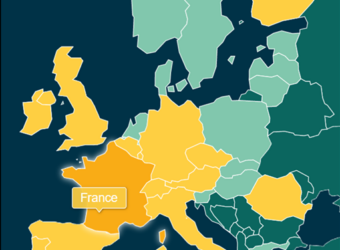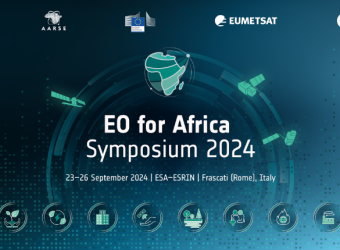This blog is part of a four-part series designed to summarise the breakout group discussions from the Industry Engagement Co-Location Day for ESA’s Global Development Assistance (GDA) programme. The series explores key themes identified in the ESA GDA mid-term evaluation, published in September 2024, providing insights into the current status and future direction of the programme. Each blog focuses on one of four discussion topics identified by the ESA GDA Monitoring & Evaluation (M&E)consortium lead, Caribou Space, as areas for further exploration.
If you haven’t already, we encourage you to read the earlier posts in the series to gain a fuller picture of the discussions and their interconnected themes. Find the links below.

Insights from ESA GDA Industry Day – Blog #1

Insights from ESA GDA Industry Day – Blog #2

Insights from ESA GDA Industry Day – Blog #3
During the Industry Engagement Co-Location Day, participants engaged in a two-hour breakout session designed to bring stakeholders together to share experiences, exchange ideas, and address challenges in GDA implementation. This blog focuses on insights from one of the four breakout discussions: Reconciling public goods with business goals.
Session Objectives: Bridging Mandates, Innovation, and Sustainability
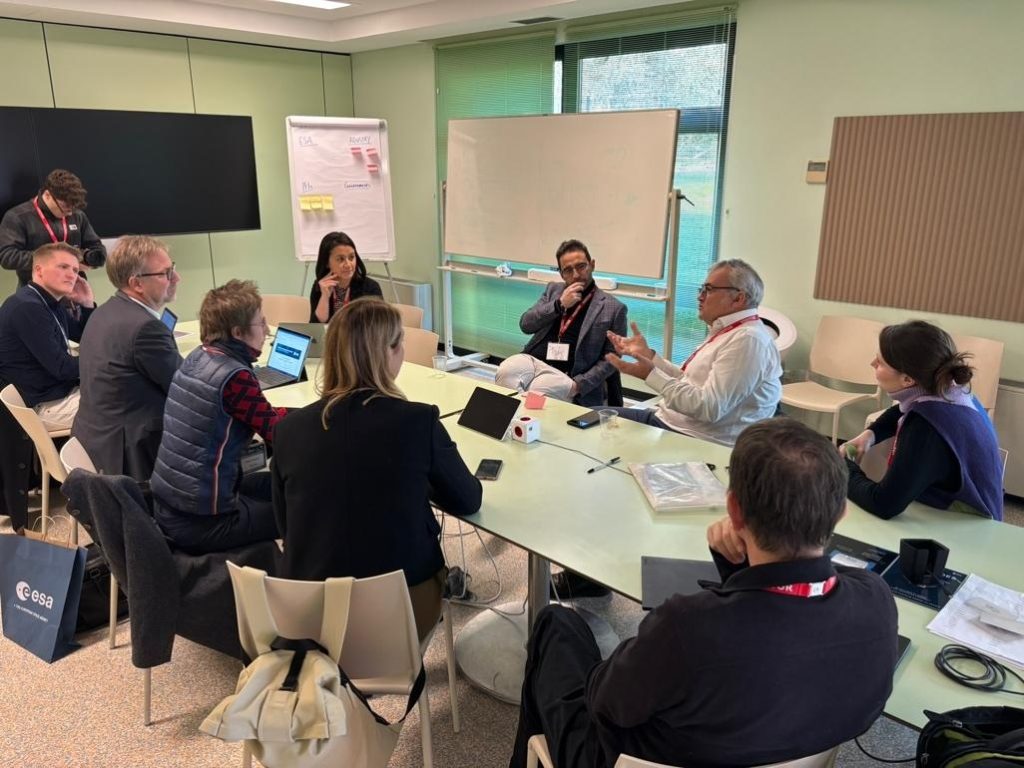
The session was designed to encourage a dialogue on the sometimes-competing objectives and priorities of four types of stakeholders involved in ESA GDA: European industry, the IFI teams utilising Earth Observation (EO) products in their projects, end users of the EO products in low- and middle-income countries (LMICs), and the European Space Agency that facilitates the product development component of the programme. The session explored the shared objectives and possible tensions of these stakeholders, with a focus on securing the longer-term use — and financial integration — of EO products within development finance operations.
The breakout session was designed to achieve the following:
- Establish a shared understanding of the differing mandates and priorities of four stakeholder groups, particularly regarding the development of cost-efficient, sustainable products that can be used to support public sector endeavours.
- Sharing experiences of handing over EO products developed under ESA’s GDA programme to their target end users.
- Exploring potential sustainable business models and/or pricing strategies that balance affordability, proprietary interests, and long-term usability.
Common stakeholder agendas and areas of tension
The session began with an exploration of the distinct mandates of the stakeholders involved:
- Through the GDA programme, ESA offers the seed funding of EO product developments with the goal of mainstreaming EO within development finance. This requires products not only to be used by their immediate target audience, but also to become ‘standard practice’ across other IFI areas.
- IFIs often encourage their public funds to be used in ways that enable broader accessibility and utility, i.e. public goods. Their funds are aligned with the ESA-funded product developments and so may be used to cover scale-up development costs and/or associated capacity building/development.
- Private enterprise participates in the ESA GDA programme as an entry point to new markets, with commercial interests in mind. Companies compete to be a preferred supplier in a specific thematic area and can showcase their expertise and products to their target audience.
- Governments in developing countries, who are often resource constrained, welcome the use of technological innovations that can enhance their decision-making to better (more efficiently) serve their citizens. Their existing collaboration with IFIs offer them an opportunity to test out EO products in their operations, with the potential for full integration into their standard ways of working.
This discussion of stakeholder mandates demonstrated the complex dynamics between public actors responsible for spending public funds for maximum benefit and – in turn – the private industry developing products that deliver social, economic and environmental value for their users, but also commercial value over the longer term. In particular, this gave rise to the discussion group defining a few specific and practical areas of tension within the GDA programme, namely:
- Balancing state-of-the-art innovation with practical usability (“plug and play”) solutions, particularly when clients may have limited existing digital and data infrastructure and capability.
- Aligning product development cycles with public budget cycles and project timelines.
- Identifying and accessing decision-makers (and budget holders) within complex IFI structures, again within the time constraints of a defined project/programme lifecycle.
- Defining revenue models and pricing strategies with customers who may have under-articulated (or even under-perceived) need for EO products and a lack of understanding of the potential benefits of those products.
- Navigating end user data sovereignty concerns, including some reluctance to rely upon or be ‘tied in’ to European service providers over the longer term, such as through subscription models.
Conclusion
The breakout session provided a valuable forum for identifying both challenges and opportunities in the development and deployment of EO products within development finance. By fostering collaboration and innovation across stakeholders, we can work towards a future where EO is a cornerstone of sustainable development efforts worldwide.
If we are to achieve ESA GDA’s vision of mainstreaming EO in development finance, it is going to be important to generate new ways of interacting with both the IFIs and the governments that are the target end user communities for ESA GDA products. Balancing product cost-efficiency with commercial viability is crucial for ensuring the long-term success of EO solutions and of the sector. Moving forward, the insights from this session will inform ongoing work under the ESA GDA Monitoring & Evaluation and Impact Assessment activity, such as a deeper dive into best practices of user engagement. We will also be delivering a series of strategic research ‘sprints’ including analysis of possible business models to promote the handover and long-term uptake of EO products by IFIs and client governments. We invite the ESA GDA community to continue contributing ideas and solutions to support us with this work over the coming years.



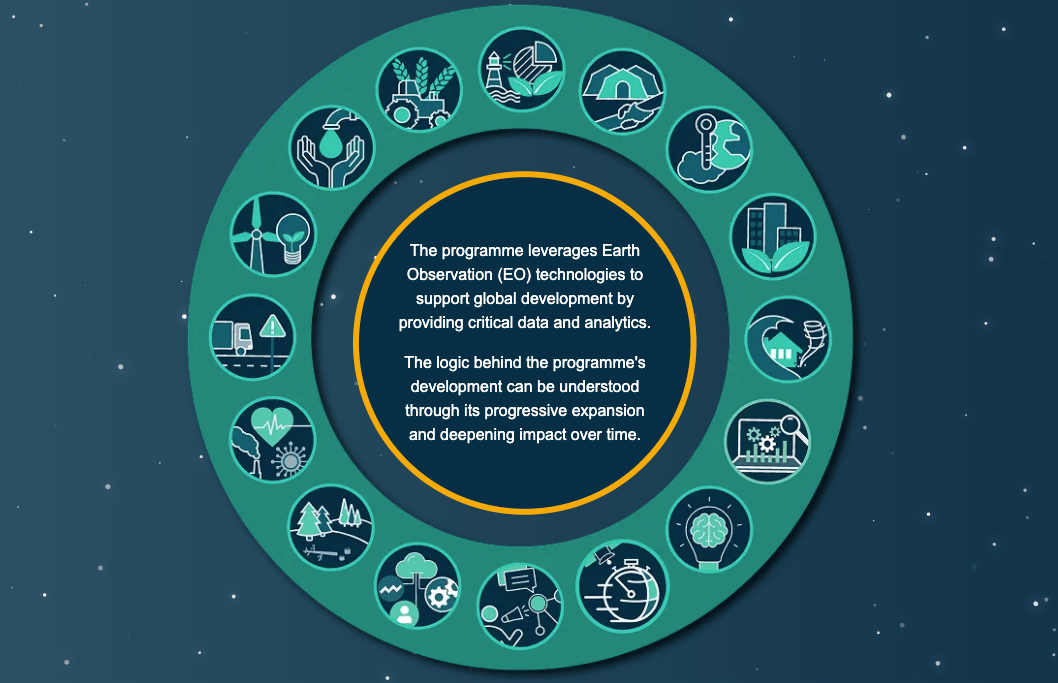





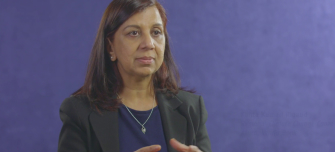
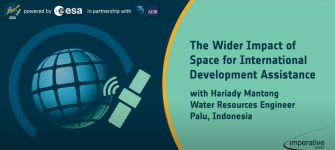
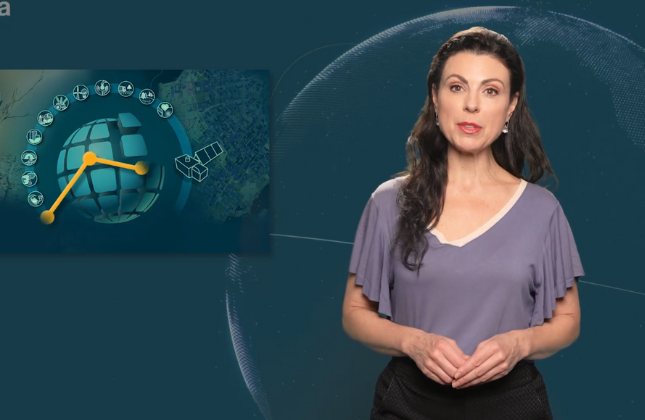
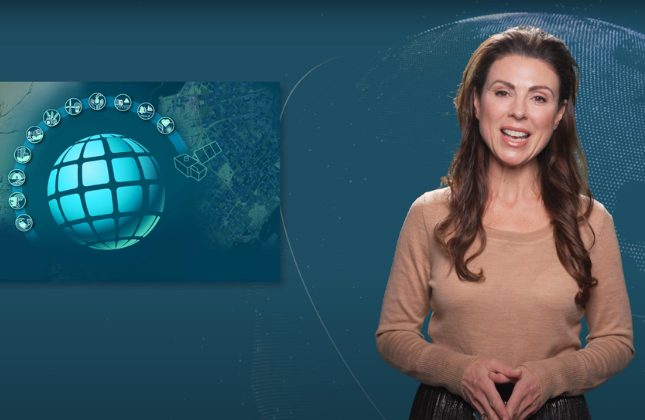

![[Video] ADB and WB participate at APRSAF-28](https://gda.esa.int/wp-content/uploads/2022/11/APRSAF-results.jpg-340x250.jpeg)

